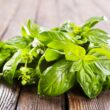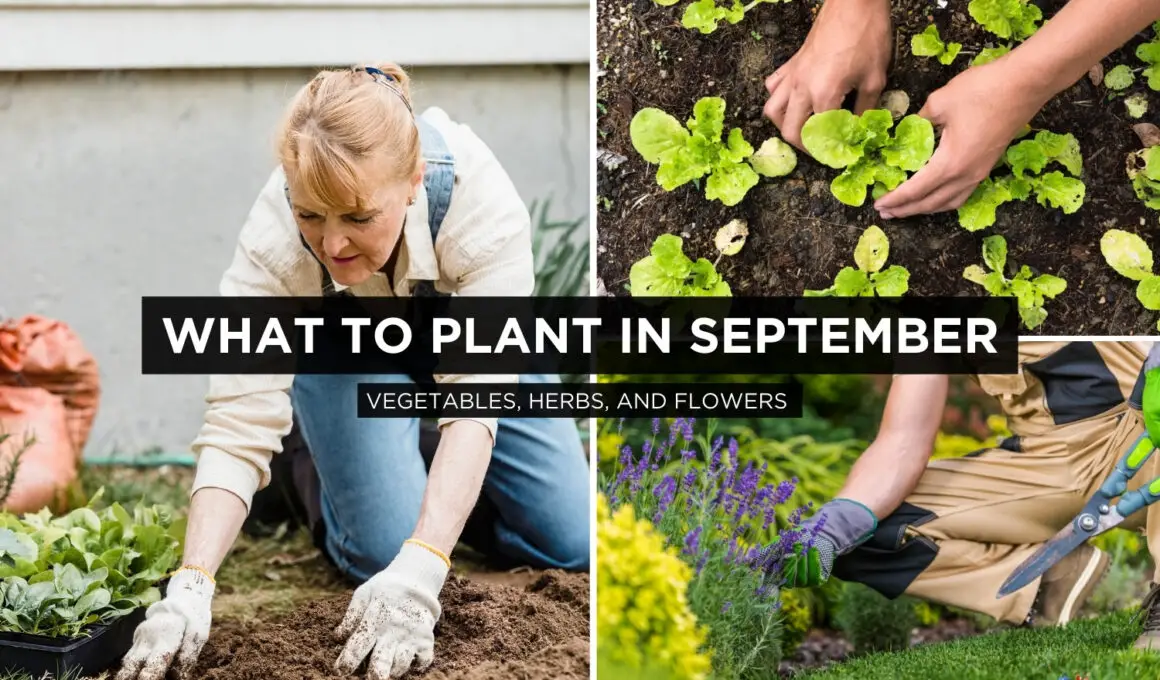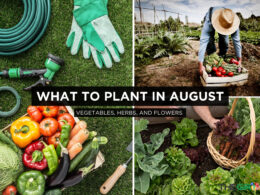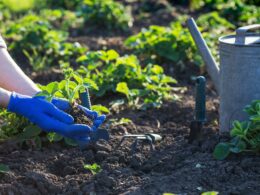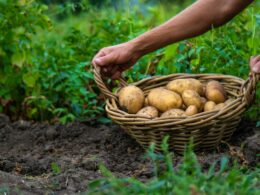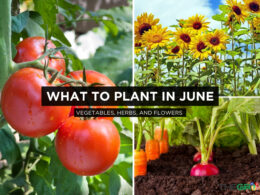In This Article Show
As September rolls around, it brings a refreshing change to your garden’s climate and the variety of plants that thrive. This month marks a significant transition in gardening as we move from the warm summer months into the cooler embrace of fall.
Why focus on planting in September? For starters, the cooler weather reduces the stress on new plants and helps them establish a robust root system. Plus, with the pests of summer waning, your garden is set to flourish with minimal disturbance.
This post will guide you through 19 plant varieties perfectly suited for a September start—from hearty vegetables ready to grow in the crisp fall air, to herbs that prefer the cooler nights, and flowers that will bloom beautifully into the late season. So grab your gardening tools, and let’s plan your best fall garden yet, full of life and color!
Vegetables to Plant in September
1. Broccoli
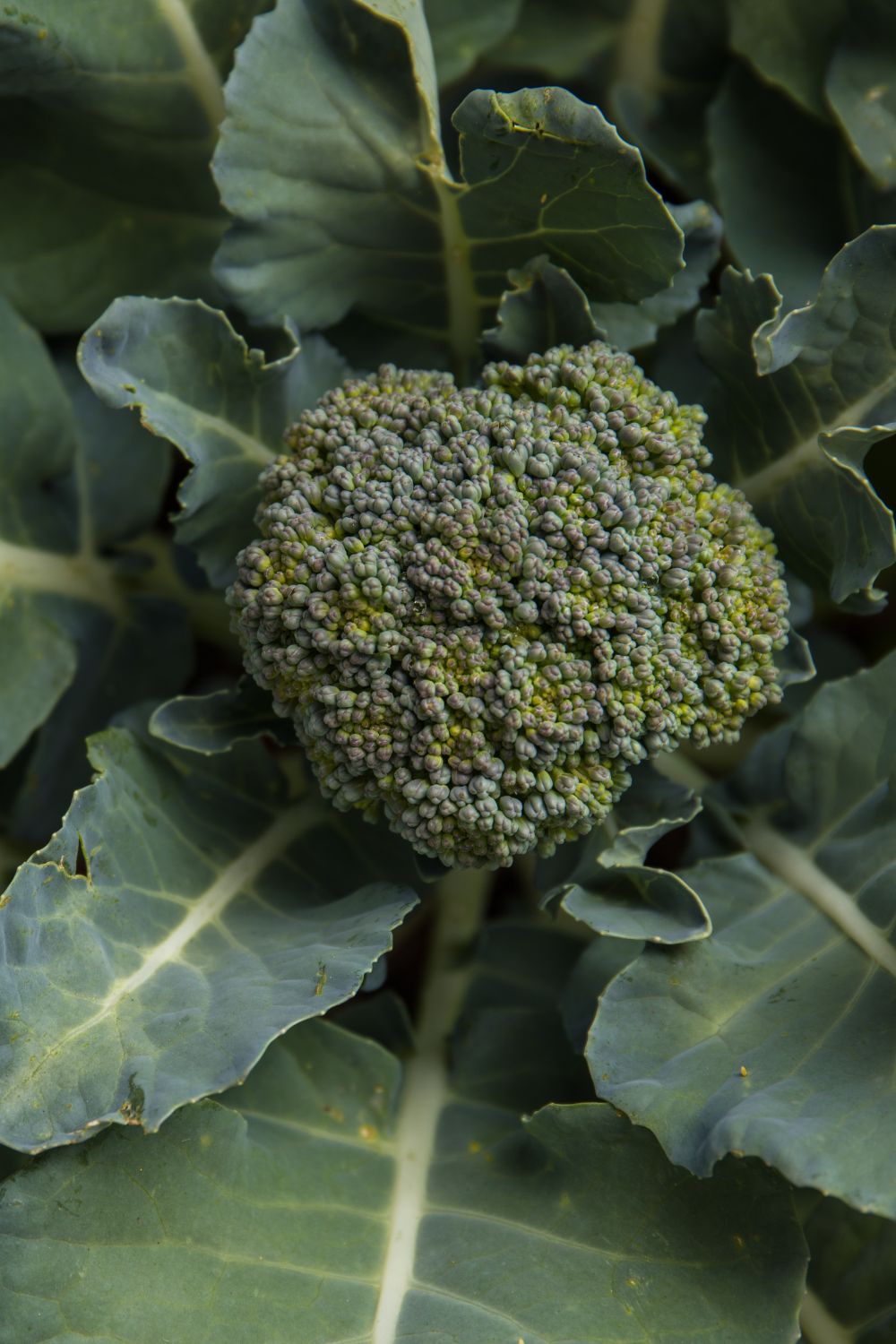
Broccoli thrives in cooler temperatures, making September an ideal month to start your crop. Rich in vitamins K and C, as well as fiber, it’s not only a healthy choice but also a rewarding one for gardeners. For best results, choose a spot with full sun and well-drained soil.
Plant seeds half an inch deep and about 18 inches apart to give each plant room to grow. Keep the soil consistently moist and watch for pests like cabbage loopers. A layer of mulch can help retain soil moisture and regulate temperature.
2. Cauliflower

Similar to broccoli, cauliflower prefers the cooler weather of early fall and can be more successful when planted now than in spring. For the best results, ensure your cauliflower receives at least 6 hours of sunlight each day and is planted in fertile, well-drained soil.
Get Gardening For Beginners
Our new EBOOK shows newcomers and green thumbs alike a step by step guide to growing the garden of their dreams.
Regular watering is crucial, especially during the head formation stage. Consider using row covers to protect the plants from pests and to maintain a consistent temperature around the developing heads.
3. Spinach
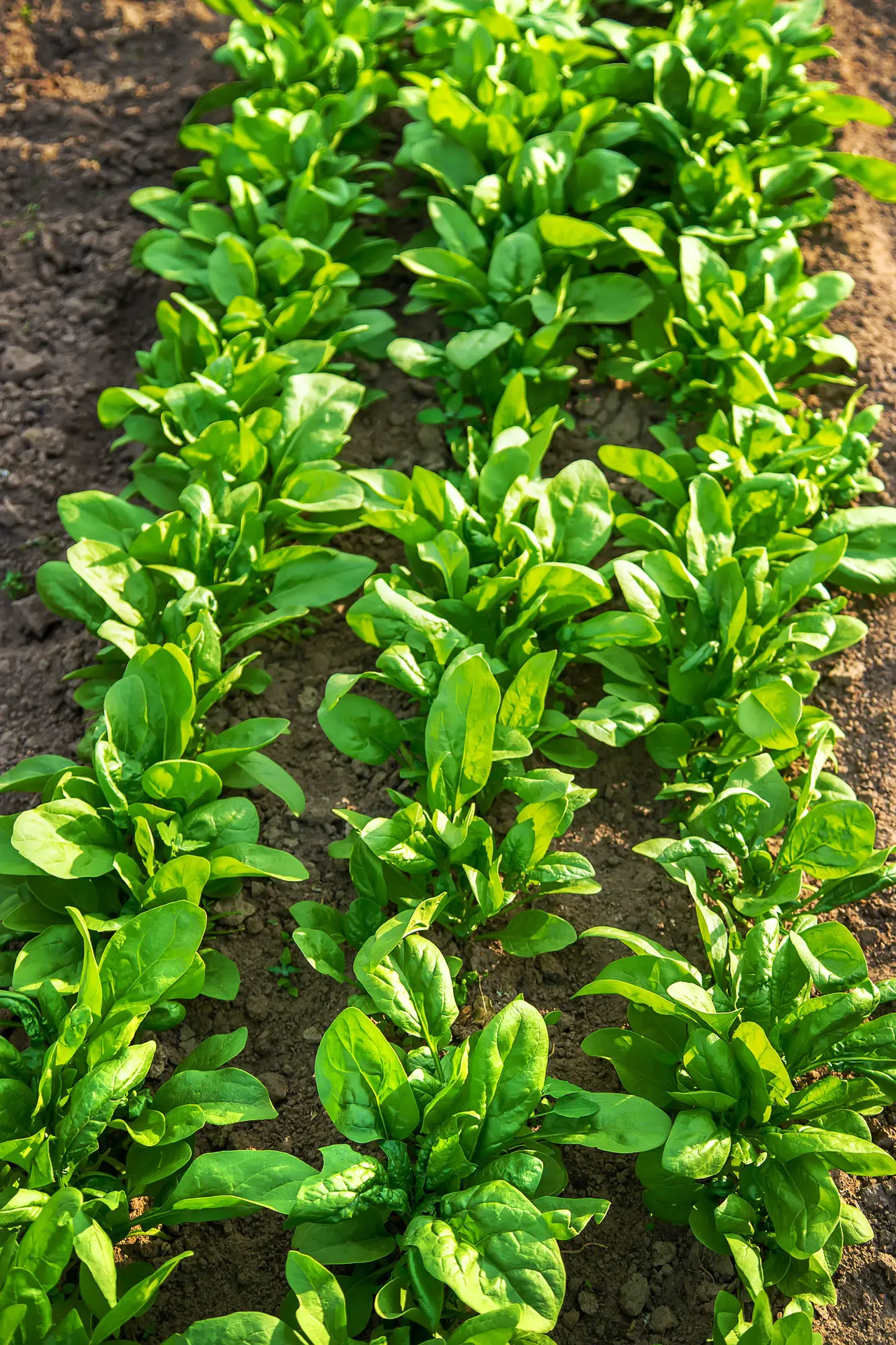
Spinach is a fast-growing leafy green, perfect for a quick fall harvest. Plant spinach seeds about half an inch deep, spacing them about 2-3 inches apart in rows.
This plant prefers full sun to partial shade and moist, nitrogen-rich soil. Since spinach can grow quickly, start harvesting the outer leaves as soon as they are large enough to eat, and the plant will continue producing more.
4. Kale

Kale is another robust green that can handle the fall cold. For a successful late fall harvest, plant seeds about a quarter to half an inch deep in well-drained, loamy soil, enriched with organic matter. Space the plants about 12 to 15 inches apart.
Kale is very frost tolerant, and its flavor improves with a touch of frost. Ensure it gets full sun, and keep the soil consistently moist.
5. Garlic

September is the perfect time to plant garlic. By planting now, you allow the garlic to establish roots and undergo some growth before the deep freeze, setting it up for a burst of growth come spring. Plant cloves pointy side up, about two inches deep, and six inches apart.
Choose a sunny spot with well-draining soil. Once planted, garlic needs little care over the winter, but ensure the soil is not too wet to prevent rot.
Get Gardening For Beginners
Our new EBOOK shows newcomers and green thumbs alike a step by step guide to growing the garden of their dreams.
6. Beets
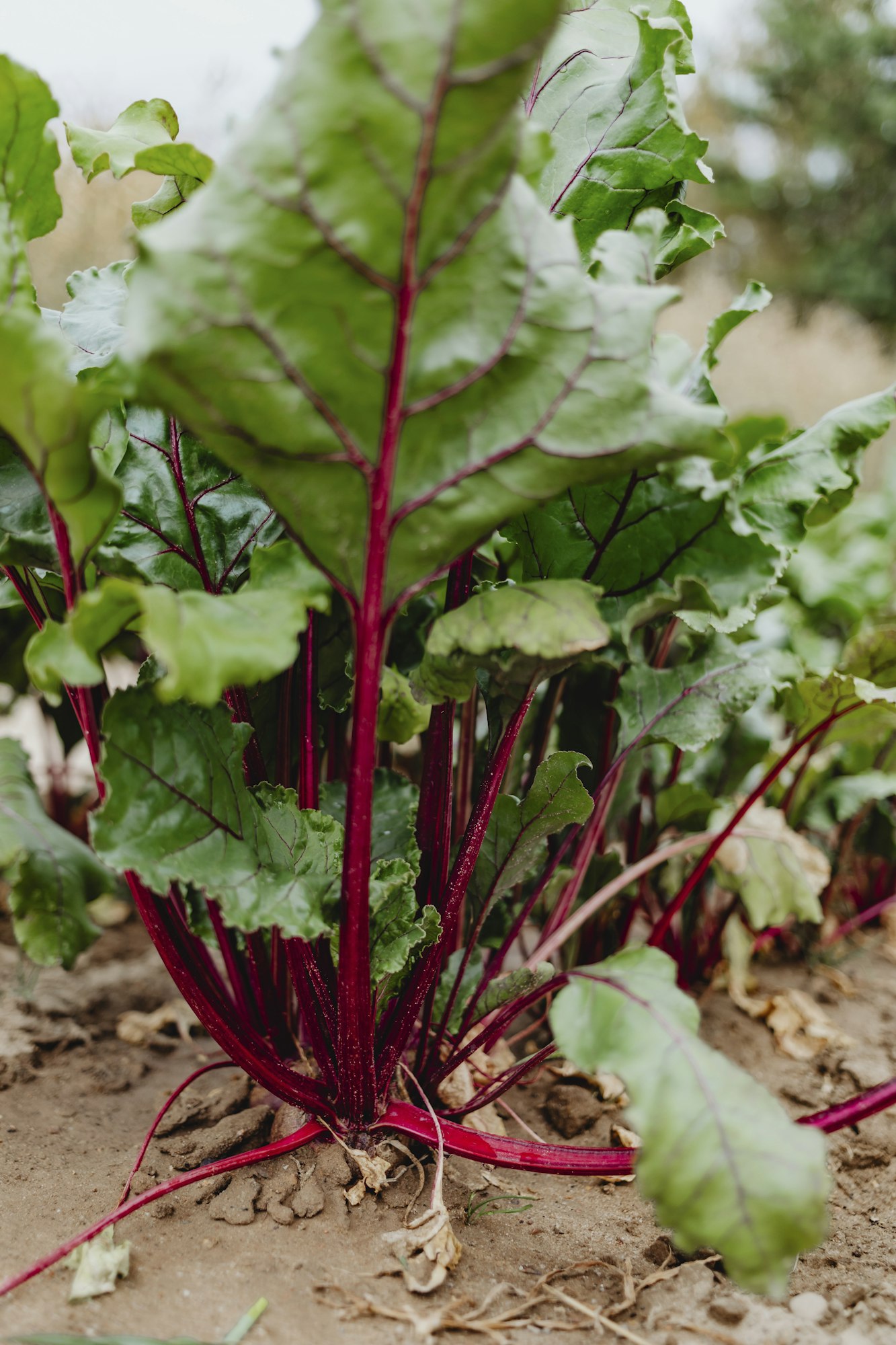
Beets are a fantastic choice for a September planting due to their tolerance for cool temperatures. Rich in nutrients and versatile for cooking, beets can be harvested for both their roots and greens. Plant beet seeds about an inch deep and 2 to 3 inches apart, in rows spaced about 12 inches apart.
They thrive in full sun and well-drained soil. Keep the soil evenly moist to promote uniform root development. Beets can be harvested when they are about the size of a golf ball, or left to grow larger.
7. Carrots
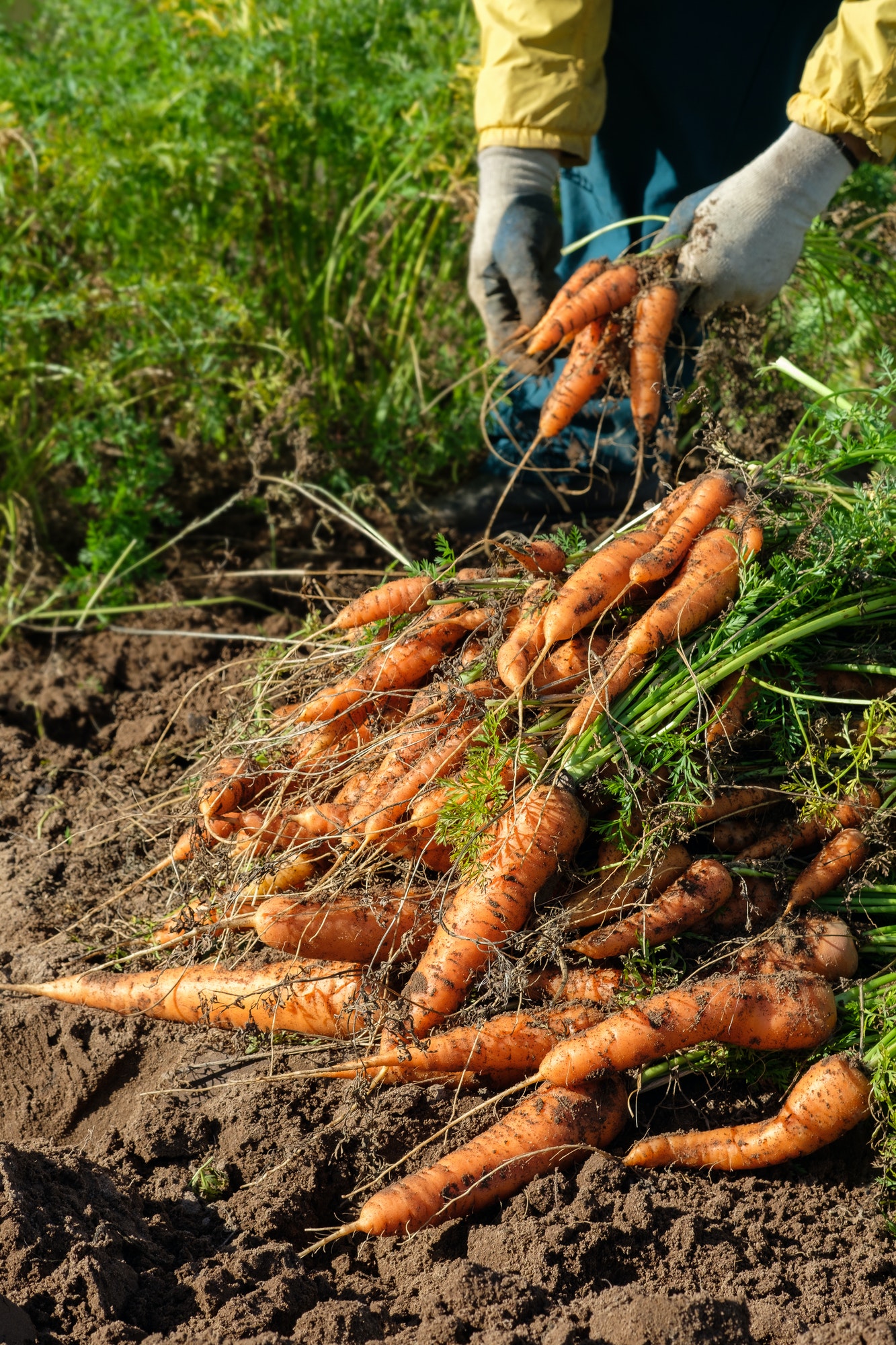
Carrots planted in September can yield a sweet, late autumn or early winter crop. They prefer cooler temperatures, which can enhance their flavor. Plant carrot seeds directly into loose, well-drained soil about a quarter-inch deep, with 1 to 2 inches between seeds to minimize thinning later.
Full sun is ideal, but they can tolerate partial shade. Keep the soil moist, especially during germination, which can take up to three weeks. Use a light mulch to help maintain soil moisture and keep the soil temperature stable.
Herbs to Plant in September
8. Cilantro
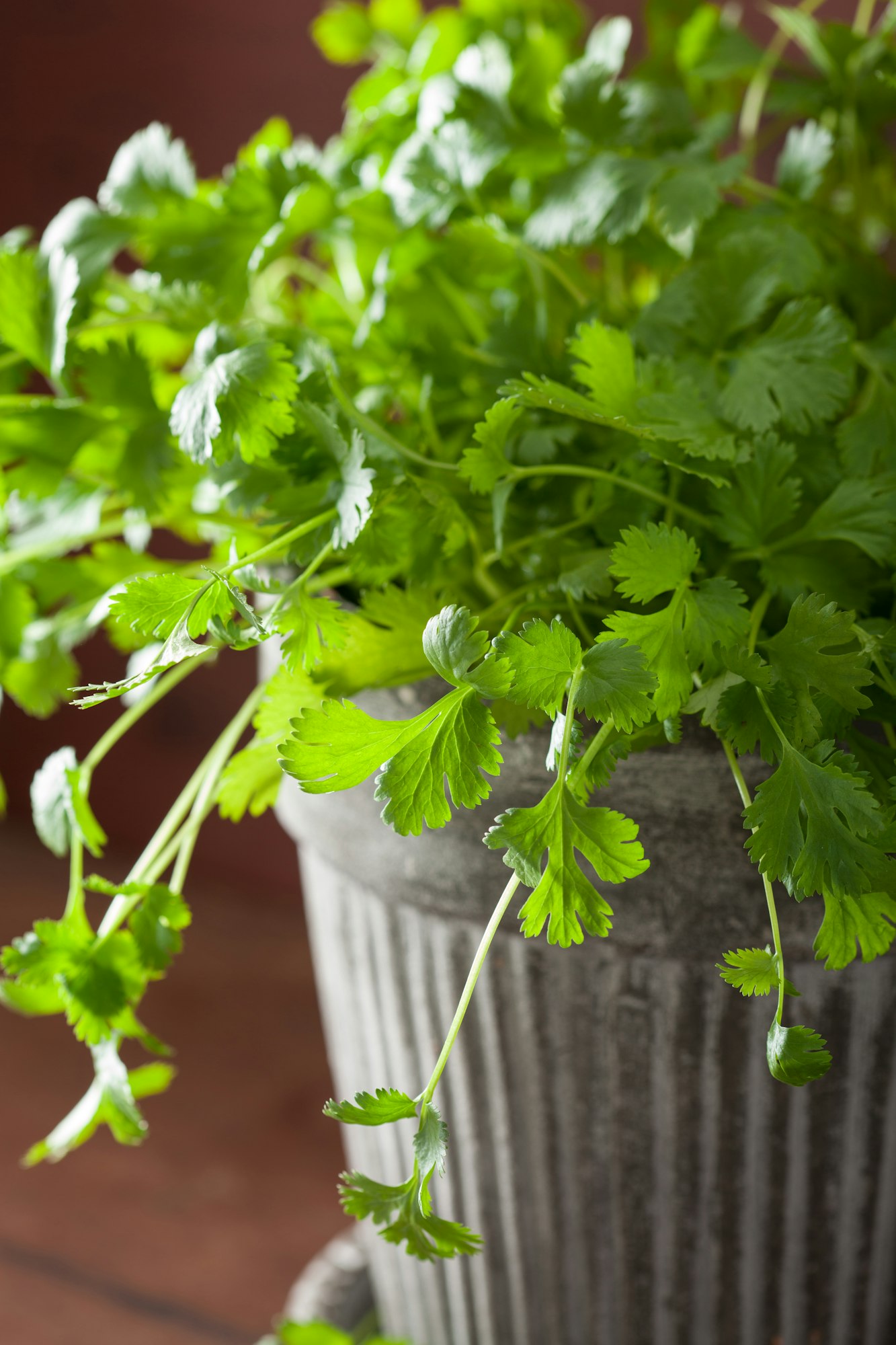
Thriving in the cooler weather of fall, cilantro is ideal for planting in September. It grows quickly and can often be harvested just a few weeks after planting. Sow cilantro seeds directly into the soil, about a quarter inch deep, and space them several inches apart.
Cilantro prefers a sunny spot but appreciates a bit of shade in the warmer parts of the day. Keep the soil moist but not soggy. Regular harvesting of the outer leaves encourages continued production throughout the season.
9. Parsley
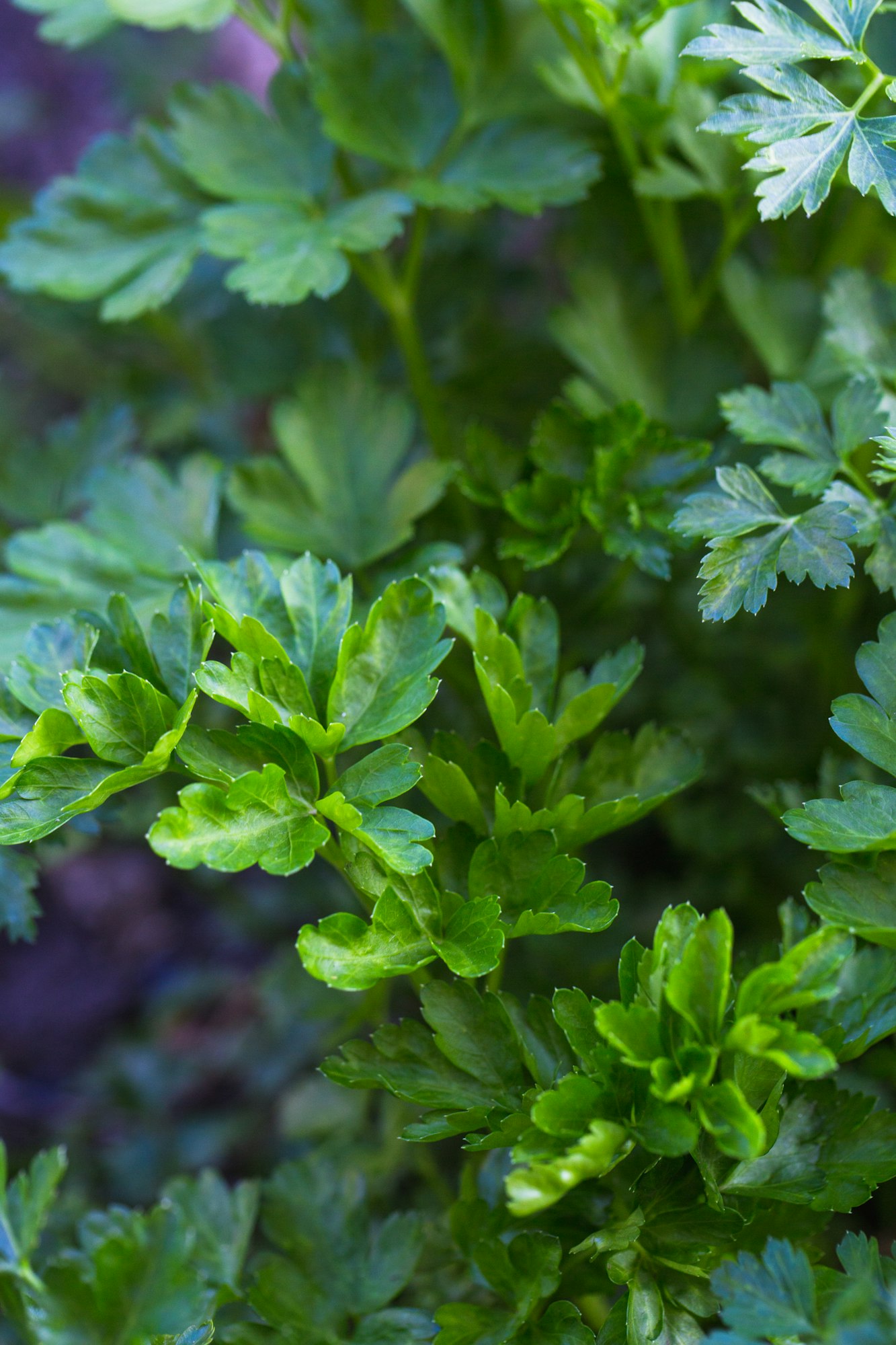
Parsley, both curly and flat-leaf varieties, benefits from the mild temperatures of early fall. For best germination, soak the seeds overnight before planting to soften the seed coat.
Plant them about a quarter inch deep in rich, moist soil. Parsley seeds can be slow to germinate, often taking 2-3 weeks, so patience is key.
Once established, parsley needs consistent watering but should not sit in waterlogged soil. It prefers full sun but will tolerate partial shade.
10. Chives

September is a great time to either start chives from seed or divide and replant clumps from an established garden. Chives grow well in full sun to partial shade and prefer well-drained soil. If starting from seed, plant seeds a quarter inch deep.
If dividing, separate clumps gently and replant at the same depth they were originally growing. Chives are hardy and require minimal care once established but appreciate regular watering, especially during dry spells.
11. Sage
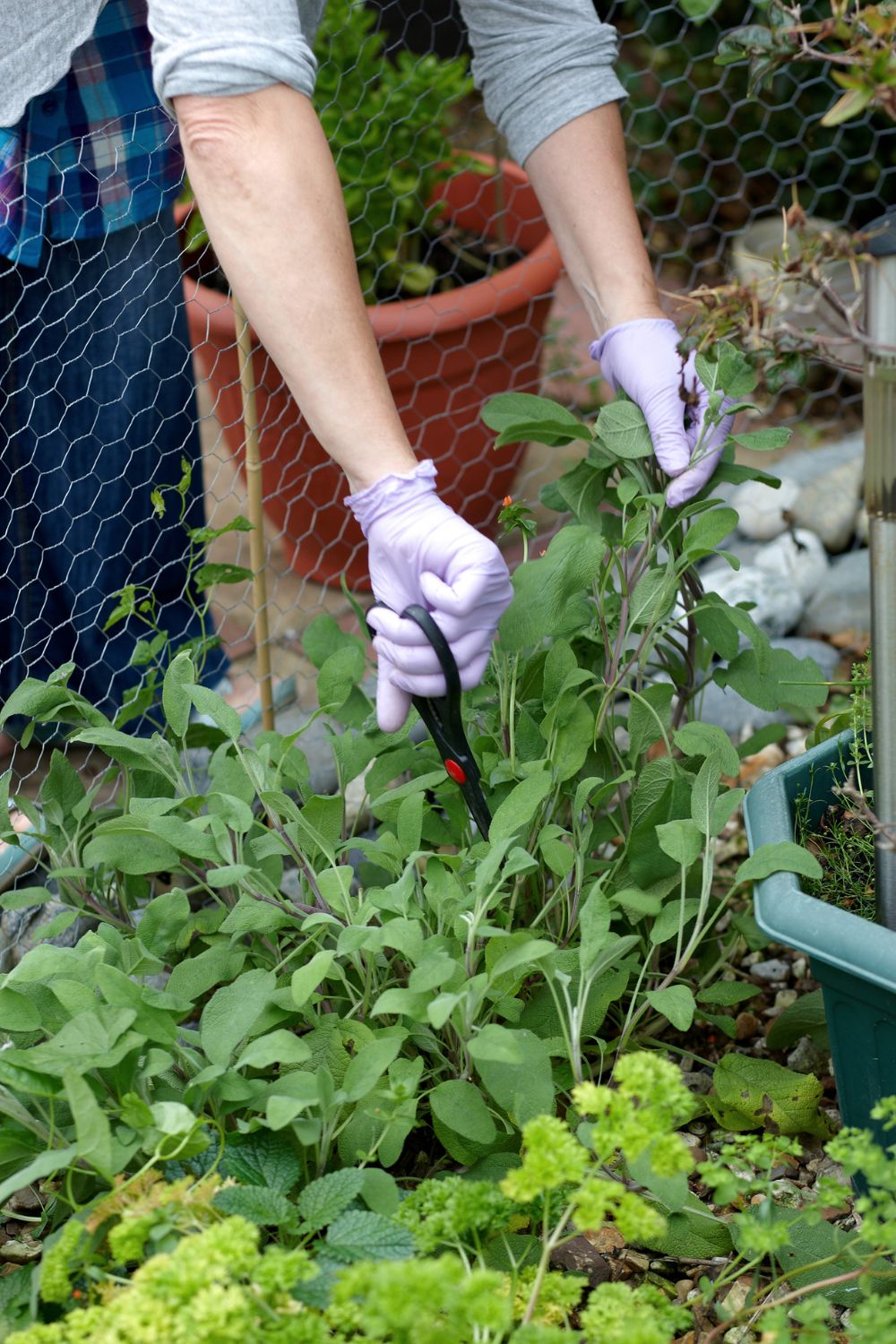
Planting sage in the fall allows it to establish itself before the winter. Sage prefers sandy, well-drained soil and a spot that gets full sun. Plant seeds or cuttings a quarter to a half inch deep, ensuring not to cover the crown of the plant if using cuttings.
Sage is drought-tolerant once established, but regular watering during its first growing season helps it develop a strong root system. Prune lightly to encourage bushy growth and prevent the plant from becoming leggy.
12. Dill
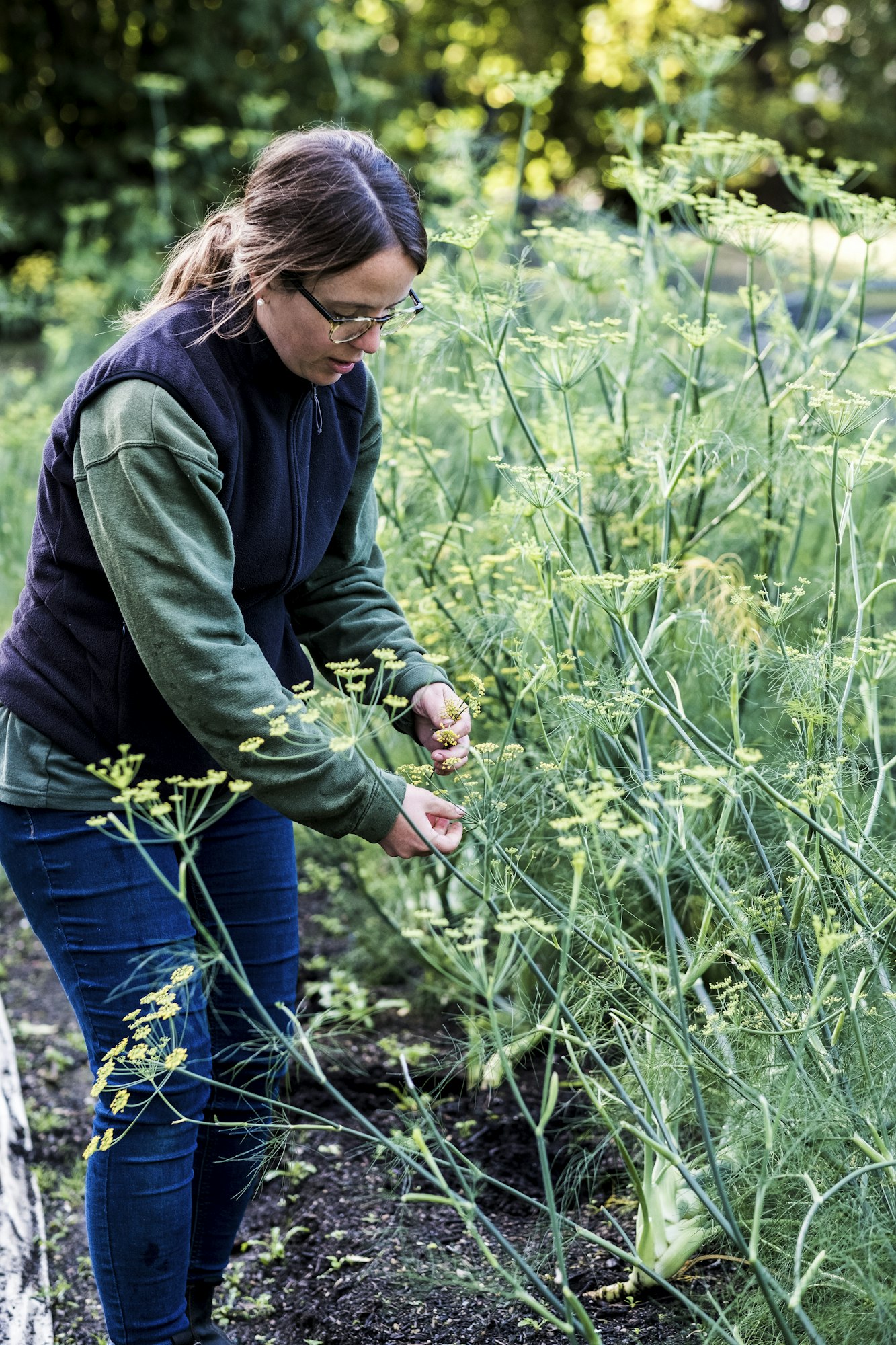
Dill is another excellent herb to plant in September, as it grows quickly and can tolerate the cooler temperatures of early autumn. It’s particularly useful for its leaves and seeds, both of which are used in a variety of culinary dishes.
Plant dill seeds directly into the ground, about a quarter-inch deep, in a location that receives full sunlight. Dill prefers rich, well-drained soil but can tolerate poorer soils if necessary. Space the seeds about 18 inches apart to allow for their widespread.
Flowers to Plant in September
13. Pansies
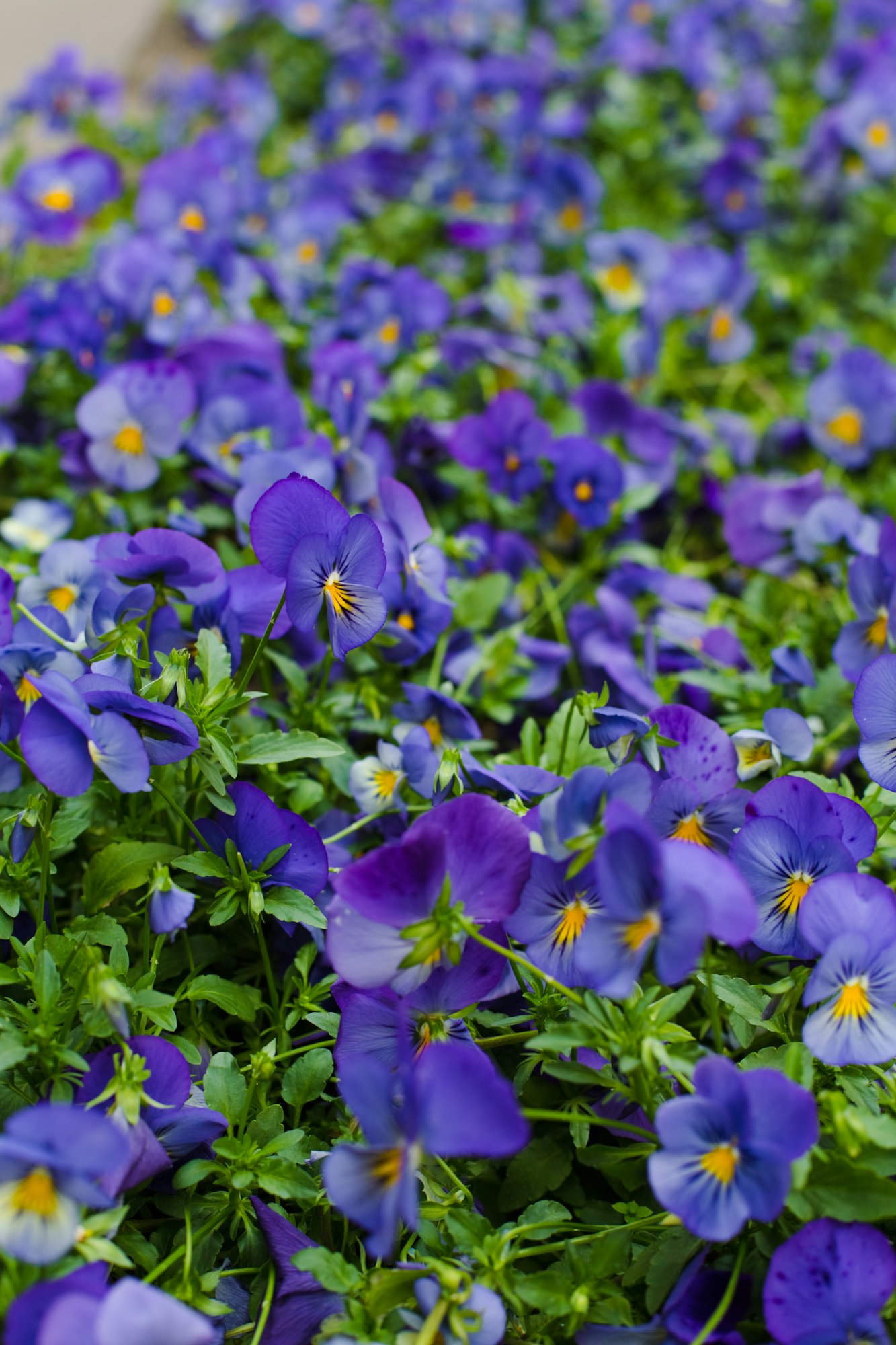
Known for their ability to brighten any fall garden, pansies are hardy flowers that can withstand frosts and even some snow. Plant pansy seeds or seedlings in September to enjoy their vivid colors through fall and into winter.
Choose a sunny to partly shaded spot in your garden with well-draining soil. Plant them about 8 inches apart to allow for full growth. Pansies benefit from mulching to keep the roots cool and moist, and regular deadheading will encourage them to bloom continuously.
14. Chrysanthemums
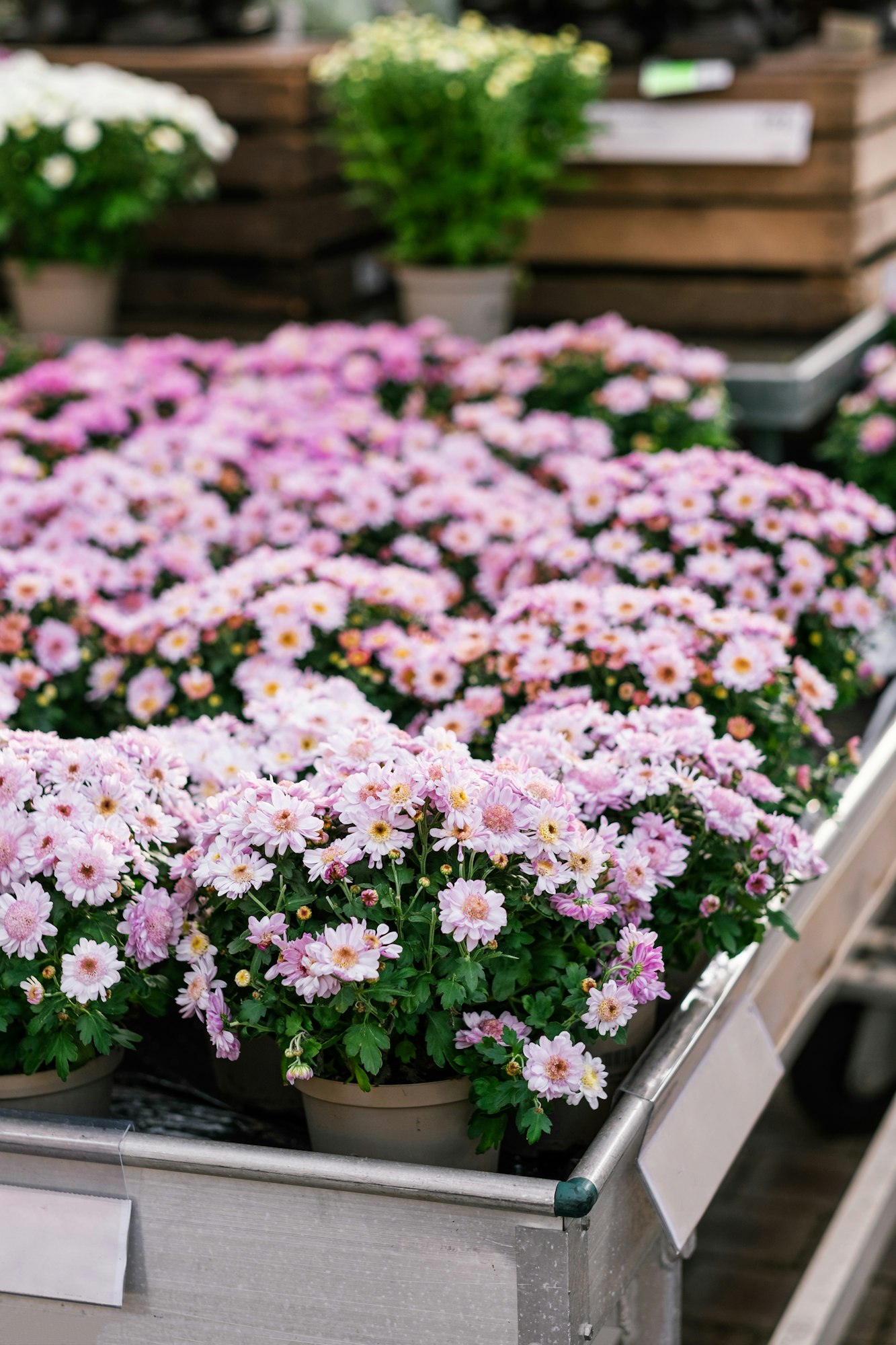
Often simply called mums, these flowers are quintessential symbols of fall. Planting chrysanthemums in September allows them to settle in before the cold sets in and provides a spectacular display of blooms. They thrive in full sun and well-drained soil.
Space them about 18 inches apart to ensure good air circulation, which is crucial for preventing disease. Water regularly and consider adding a slow-release fertilizer to encourage robust growth and flowering.
15. Asters
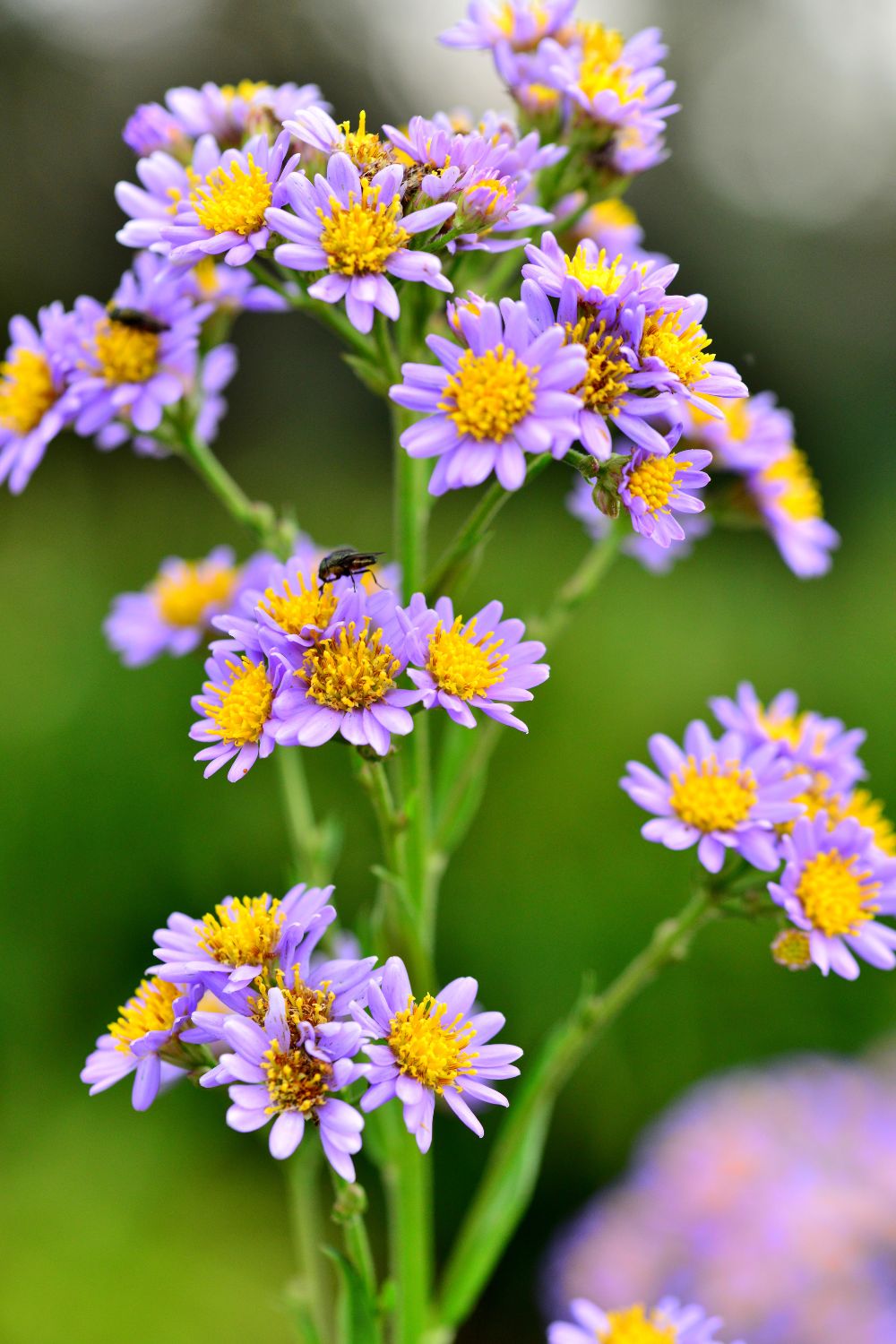
Asters are fantastic late bloomers, bringing vibrant colors to your garden when most other flowers are fading. They are perennials, so planting them in September helps establish them for future seasons. Asters prefer locations with full sun to light shade and thrive in rich, moist, well-drained soil.
Space plants are about 1 to 3 feet apart, depending on the variety. Regular watering and occasional fertilizing will support their growth and enhance their flowering capability.
16. Sweet Peas

While sweet peas are often planted in spring, planting them in September can establish their roots just in time for early spring blooms. Choose a sunny site with rich, well-drained soil. Plant the seeds about an inch deep and 2 inches apart.
Provide support, such as a trellis or fence, for their tendrils to climb as they grow. Water them regularly to keep the soil moist but not soggy, and consider mulching to protect the roots over the winter.
17. Hostas
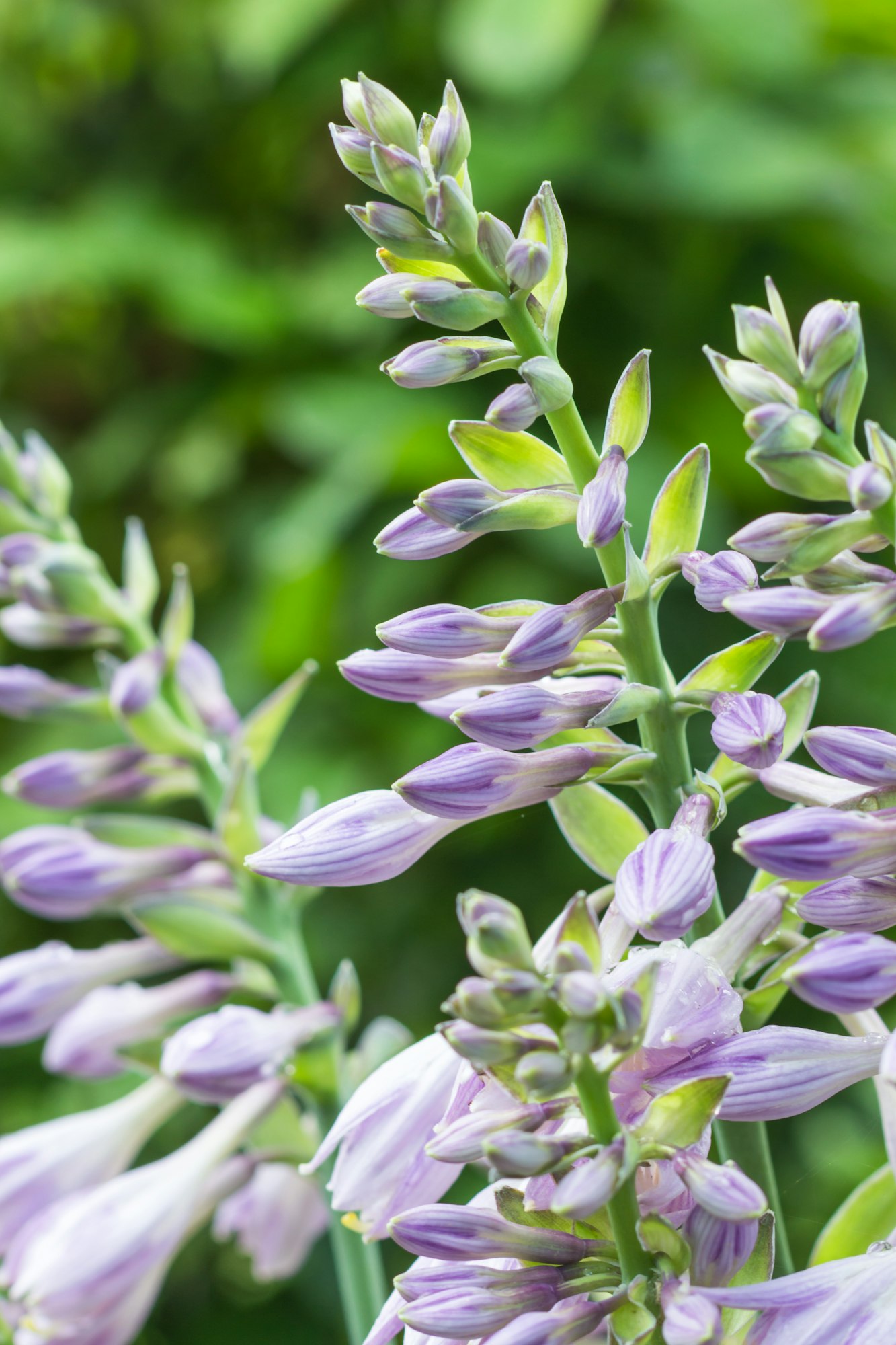
Hostas are a top choice for those looking to enhance their shade gardens for the following year. These lush, leafy perennials thrive in shaded areas where few other plants can prosper. September is a great time to plant hostas because the cooler temperatures help them establish roots without the stress of summer heat.
Plant them in well-drained, rich soil and space them according to the variety’s size at maturity—some hostas can grow several feet wide. Keep the soil moist and consider adding a layer of mulch to conserve moisture and provide winter protection.
18. Peonies
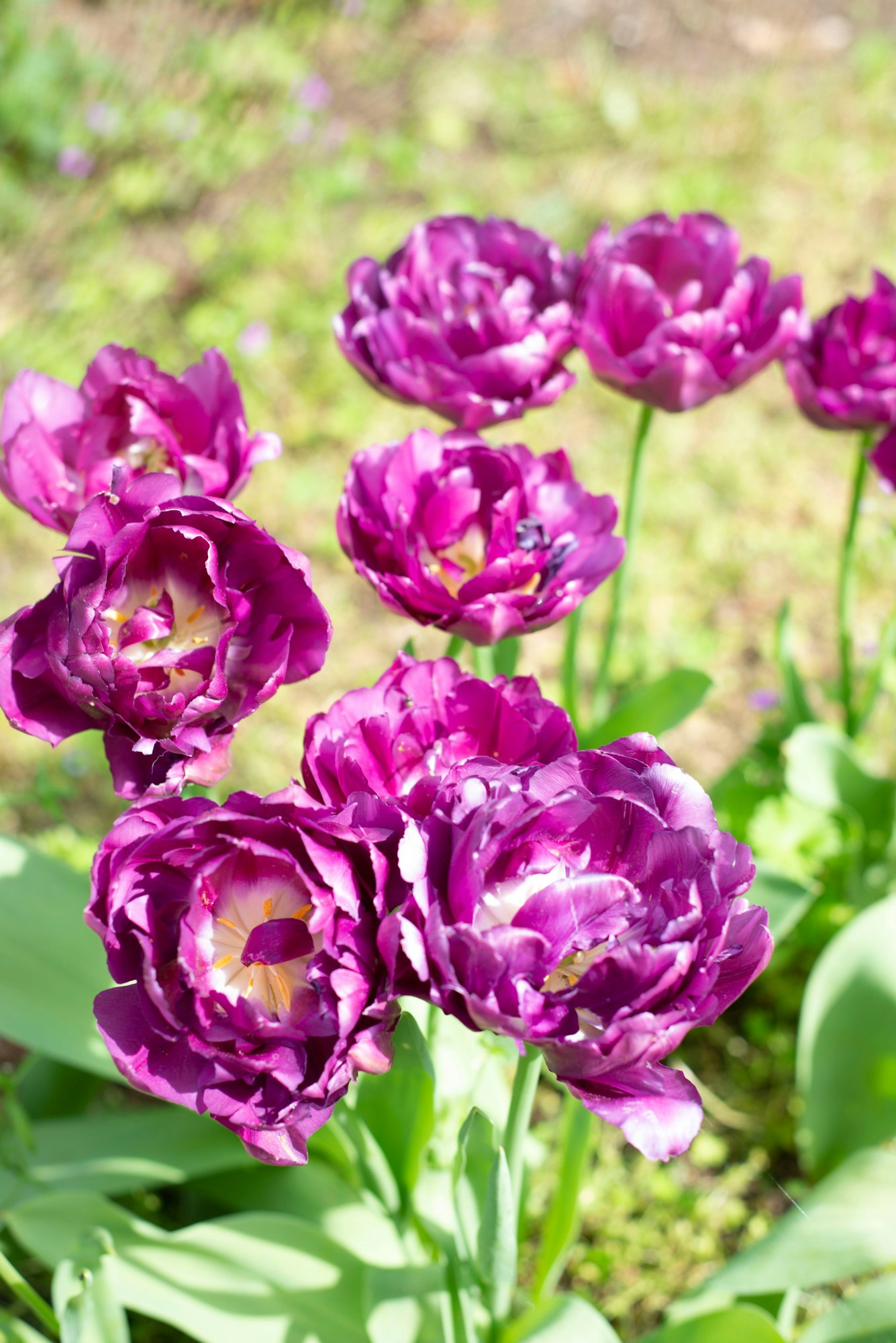
Peonies planted in the fall have the advantage of establishing a strong root system over the winter, leading to lush and vibrant blooms in the spring. Choose a sunny spot with well-drained soil, ideally where the plants will receive at least six hours of sunlight daily.
Plant peony roots with the eyes (small red buds) just below the soil surface, about 2 inches deep. Avoid planting too deeply, as this can prevent blooming. Water thoroughly after planting and add a layer of mulch to help keep the roots warm and moist during the winter.
19. Daylilies
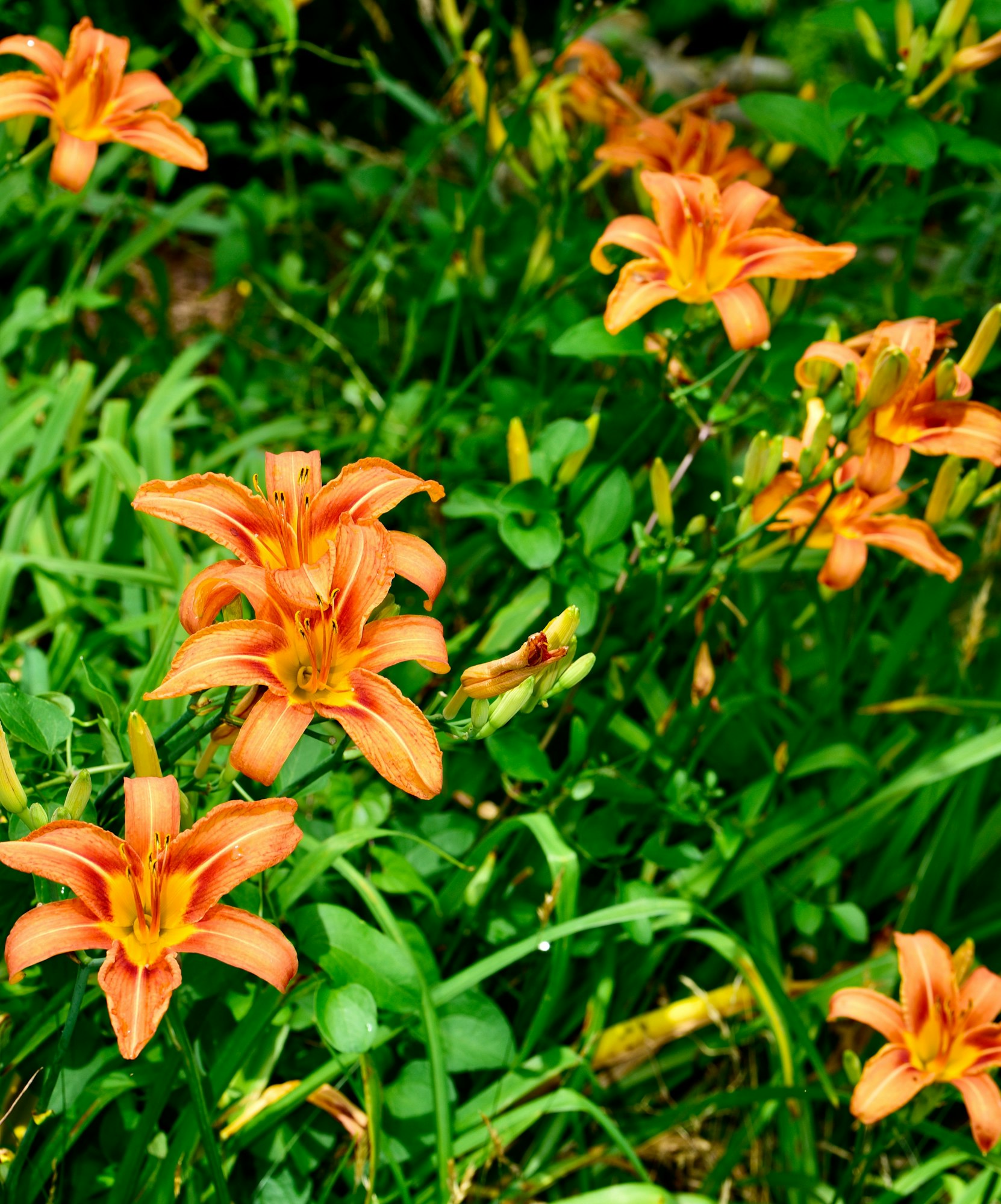
Known for their resilience and variety, daylilies are an excellent addition to any fall garden. They can be planted in September when the weather begins to cool. Choose a location that gets at least six hours of sunlight and has well-draining soil.
Plant the daylilies so that the crown is about one inch below the ground level. Space them about 12 to 18 inches apart to allow for growth and air circulation. Water them well after planting and continue to provide regular moisture until the ground freezes.



